Onboarding
Onboarding is the process of introducing a new hire to their role within an organization. The onboarding process typically begins on a new hire’s first day and covers administrative responsibilities (like signing up for a health care plan or setting up direct deposit), introductions, training, and the first several months of work as the employee gets up to speed.
A good Onboarding process should not only cover the administrative tasks outlined above, but also provide full training, a proper introduction to the office and the new hire’s coworkers, regular performance check-ins with the hiring manager, a clear road map for what success looks like in their first month, 3 months, and year at the job, and opportunities for new hires to integrate socially with the rest of the staff. In short, the Onboarding process should include anything a new hire needs to be legally recognized, confident, and like a real member of the team.
Example
What is Onboarding in HR?
Carrie’s onboarding went so smoothly – within a day she’d completed all the paperwork, and within a month she was working as efficiently as anyone on the team.
Frequently Asked Questions
- Is Onboarding the same as training? Training (the process of learning the tools, systems, and processes you need to do your job successfully) is a hugely important part of the Onboarding process, but it is not the only part of the Onboarding process. Onboarding should involve as much training as is necessary to bring a new hire up to full competency, but Onboarding also includes administrative work (intake paperwork, signing up for benefits, etc), employee socialization, initial performance reviews, and anything else that integrates a new employee fully into their role at the organization.
- How long is the typical Onboarding process? The length of an Onboarding process can vary dramatically depending on the industry, the organization, and the role itself. An entry-level retail worker may have 3 days of paperwork and training then be considered a fully integrated hire, while a mid-career office professional may go through an entire 30/60/90 day plan and have regular check-ins throughout their entire first year before the Onboarding process is considered complete. For a typical office job, experts recommend an Onboarding process that lasts between 3 months and a year, in order to ensure not only proper training, but continued support, socialization, and the meeting of performance goals.
- What administrative work is part of Onboarding? In addition to making a new hire feel welcome and confident in their position, Onboarding also encompasses a number of administrative tasks to make sure that the company stays organized and legally compliant. These tasks can include (but are not limited to) ensuring that:
- All government forms are properly filled out
- The employee is properly reported to the state
- The new hire is set up with the payroll system
- The new hire has selected benefits plans
- The employee has received proper documents needed for success such as the Employee Handbook, an org chart, and security access info.
- What makes a good Onboarding process? A good Onboarding process should not only cover the administrative tasks outlined above, but also provide full training, a proper introduction to the office and the new hire’s coworkers, regular performance check-ins with the hiring manager, a clear road map for what success looks like in their first month, 3 months, and year at the job, and opportunities for new hires to integrate socially with the rest of the staff. In short, the Onboarding process should include anything a new hire needs to be legally recognized, confident, and like a real member of the team.


















